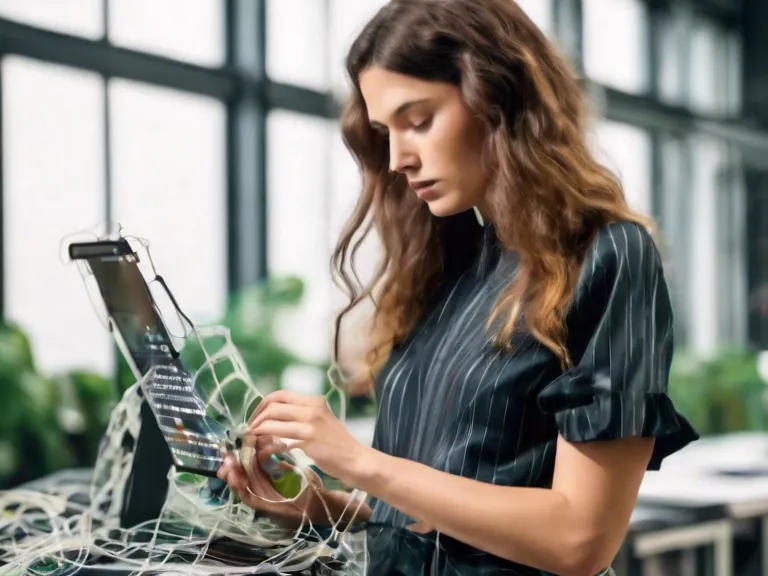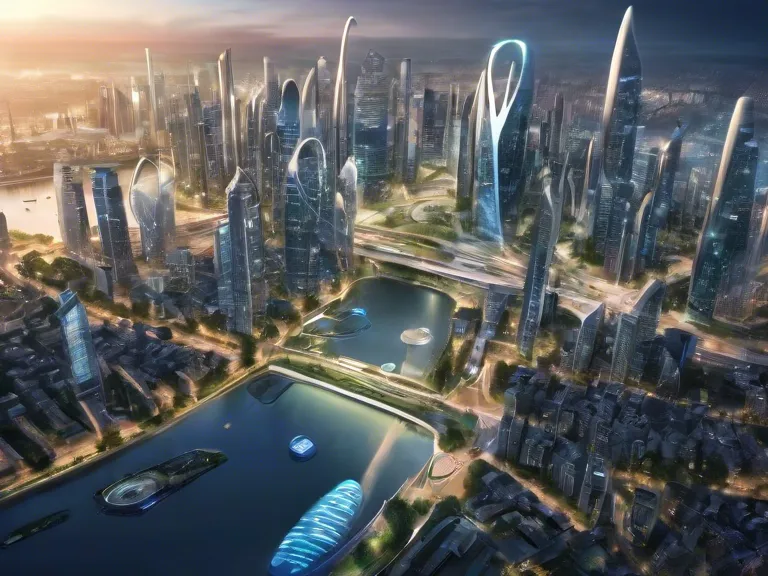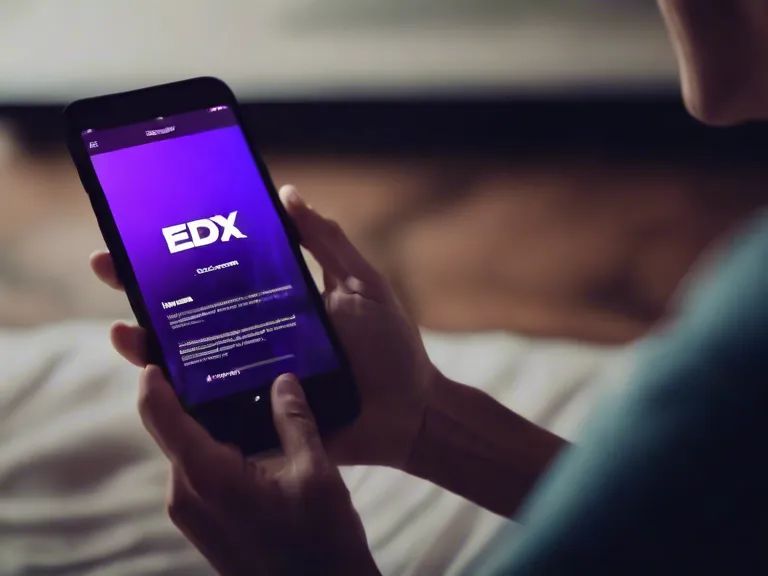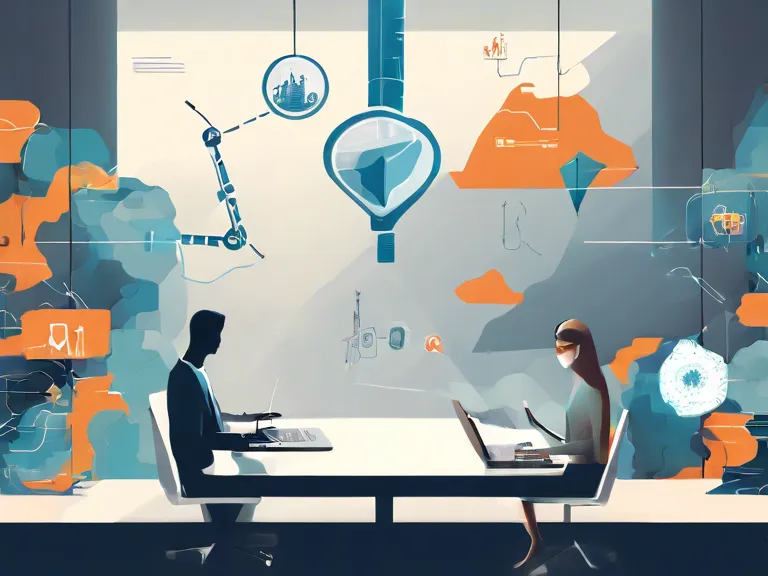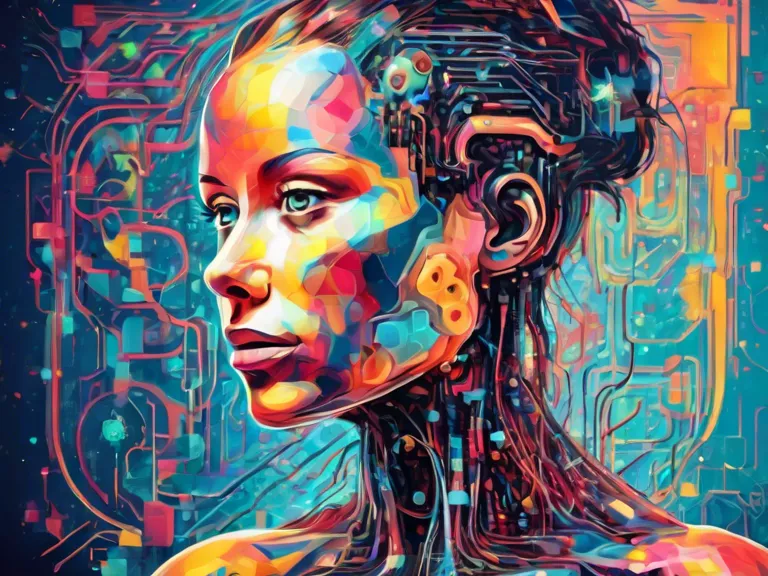
The Rise of AI Art: How Machine Learning Is Redefining Creativity
In recent years, artificial intelligence (AI) has made significant strides in the realm of creativity, particularly in the field of art. Machine learning algorithms are now being used to generate unique pieces of art, blurring the lines between human creativity and computational efficiency. This shift has sparked a debate among artists, critics, and technologists about the role of AI in the creative process and its impact on the art world.
One of the key aspects of AI art is the ability of machine learning algorithms to analyze vast amounts of data and identify patterns that humans may not be able to perceive. This allows AI to generate art that is truly innovative and unconventional, pushing the boundaries of traditional art forms. Additionally, AI can simulate the style of famous artists or create entirely new aesthetic expressions, challenging our perceptions of what art can be.
AI art has also opened up new possibilities for collaboration between humans and machines. Artists can now use AI tools to assist them in their creative process, providing novel ideas and inspirations. Some artists even collaborate directly with AI systems, allowing them to co-create art pieces in a truly symbiotic relationship. This collaborative approach has led to the creation of artworks that blend the unique strengths of human creativity and AI efficiency.
Despite the advancements in AI art, there are still concerns about the implications of relying on machines to create art. Some argue that AI art lacks the emotional depth and intentionality that human artists bring to their work. Others worry about the potential loss of jobs in the art industry as AI becomes more proficient at generating art. However, proponents of AI art believe that it has the potential to democratize creativity, making art more accessible and inclusive for everyone.
As AI continues to evolve and redefine creativity, it is clear that the art world will be forever changed by the rise of AI art. The intersection of technology and art has produced a new wave of innovative and thought-provoking artworks that challenge our understanding of creativity and expression. Whether you see AI as a threat or an opportunity, one thing is certain – the future of art will be shaped by the power of machine learning.
